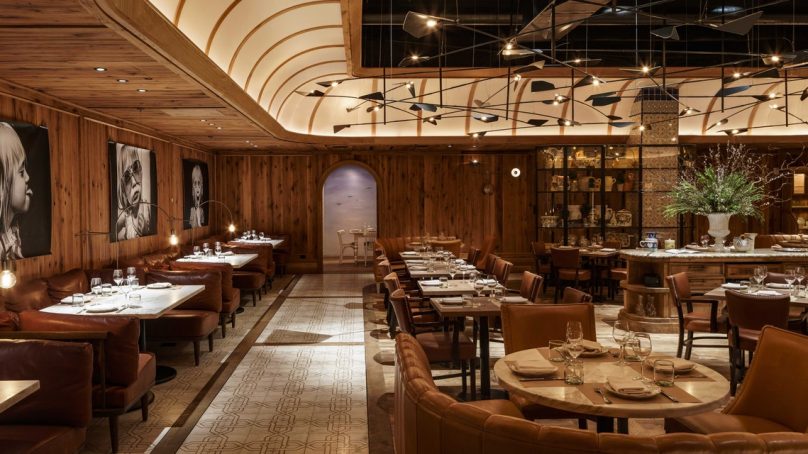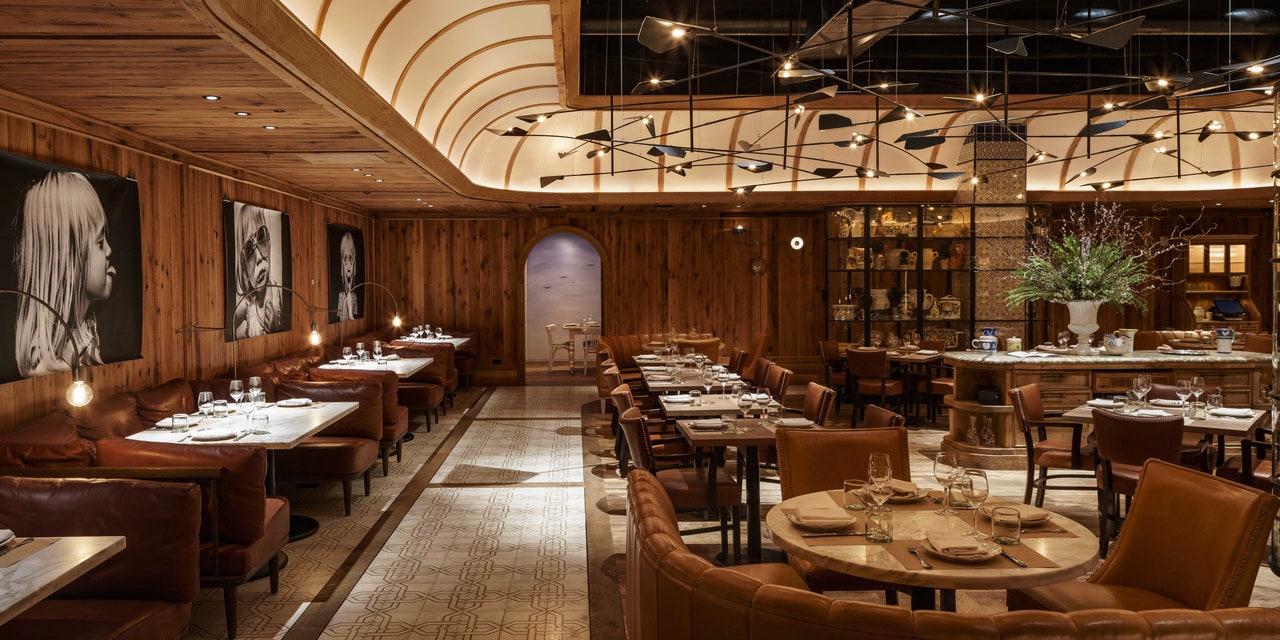

Interior psychology: restaurant design in 2022
Creating a standout restaurant concept is not just a question of taste. Chadi Chidiac, managing partner of Protocol Hospitality Management and Consultancy, discusses the design fundamentals to consider before taking the plunge.
Consistency, comfort and quality are keywords that will guarantee the success of your restaurant business. Interior design creates vibe and character. It is no coincidence that high-end restaurants have comfortable chairs and armchairs that encourage guests to linger. In fast-food restaurants, relatively hard, uncomfortable stools, loud music and stark lighting encourage quick dining, thus maximizing turnover.
The theory of color
The “color code” of a food brand crosses all offline and online communication, so it is important to have a hospitality consultant by your side to help you conceive your brand and avoid costly color mistakes.
While Very Peri was named the pantone color of the year for 2022, the technical term “wheel of colors” indicates that colors strongly influence our choices:
- Red, yellow, brown, orange trigger the nervous system by prompting appetite.
- Colors suitable for a restaurant: orange, yellow, green and brown.
- Thirst is stimulated by combining sensations of dryness and liquid: red/yellow vs. green/blue
- Prestige and refinement are expressed by violet, gold, burgundy.
Colored dishes on a white base are visually attractive. The most successful food items are those in which complementary colors are combined. For example, red meat sold in white packs is less appealing than those placed on green trays. This theory exploits the concept of complementing colors; the base enhances the product.
The importance of lighting
Lighting sets the tone and atmosphere, and each concept requires a different setting.
There are three key types of lighting:
- Ambient lighting – creates a personal, upscale ambience, whereas brilliant lighting exudes energy, making it suitable for easygoing spots like pizza joints or ice-cream parlors.
- Task lighting – useful for viewing items and menus. It is often used for salad bars, wood-fired ovens, pathways and in bathrooms.
- Accent lighting – more enhancing than useful and great for highlighting artworks, figures, greenery and bars.
Another example is the distinction between McDonalds and Starbucks. Both chains serve vast numbers of clients, yet each uses lighting differently; McDonalds is splendidly lit to invigorate clients’ turnover, while Starbucks urges visitors to wait over espresso and cake.
The aroma notion
Apple and cucumber aromas make a space to feel greater and breezier. Cinnabon places broilers in front of its stores so the fragrance of preparing cinnamon rolls draws clients in. Starbucks doesn’t permit individuals to get solid-smelling food; they even stopped serving sandwiches to prevent overpowering the smell of espresso. If you thought purchasing eatery aromas sounded unbelievable, proper scents can expand food deals up to 300 percent. A study undertaken by Paderborn College found that aromas drive purchasing by 6 percent, purchasing goals by 14.8 percent and the length of a client’s visit by 15.9 percent.
Significance of acoustics
If guests can’t hear each other, they resort to raising their voices. The Lombard Impact is when individuals need to yell to be heard. Curtains, rugs and tablecloths assimilate sounds, so when planning upscale eateries like French or Italian, cloth is standard.
Why you should ask for advice when opening a restaurant
Opening a restaurant can be a risky yet rewarding investment. A winning concept communicates a sensory emotional experience that builds customer loyalty to the brand and its visual identity, distinguishing it from that of competitors.
As consumers are seeking multisensory experiences, it is paramount to enlist the help of a professional consultant to walk you through the process, ensuring the success of your business.

Managing partner of PROTOCOL













